10 tips on how to choose a screwdriver for home and work: types, manufacturers
To collect cupboard, unscrew the old screw or screw a few dozen screws into the baseboard, using only one screwdriver, - a real torture for the master. Things will go much easier if you use a screwdriver. Not a single professional can do without this useful tool, and a screwdriver is also necessary to carry out small repairs at home. If you decide to buy this device yourself or as a gift, then you probably faced the problem of an indecently huge assortment. How to choose a screwdriver for home and work, to deal with various types of tools and numerous manufacturers. Novice masters may also be disturbed by the question of how a screwdriver differs from a drill. We deal with all the nuances.
No. 1. What is a screwdriver for?
We will not go into details of the structure of screwdrivers - our material is not a bit about that. The scope of use of this tool is wide enough:
- screwing and unscrewing various fastenersincluding bolts screws, screws and screws. This is the main function of the screwdriver, which allows you to use it during the assembly and disassembly of various kinds of furniture, baseboards installation and in other works;
- strong tightening of anchors and expansion bolt shields;
- professional screwdrivers can be used for drilling holes in soft materials, here the scope of use is similar to household drills;
- thread cutting;
- some use screwdrivers to stir liquid solutions and even to create holes in the ice during winter fishing.

Surely, craftsmen from the people came up with a dozen more interesting options for using a screwdriver, but the main thing is still screwing and unscrewing the fasteners.
The question often arises, which is better to choose a screwdriver or drill, or a two-in-one tool. If you work with furniture you will be many times more likely than drilling holes in the metal, brick, concrete and wood, it is better to take a separate screwdriver. If you need the most versatile tool, then a good option would be screwdriverwhere you can change nozzles and adjust the speed of revolutions. On the other hand, there are advanced screwdrivers whose design and power can cope with drilling wood, and sometimes even metal, but their drilling function is still secondary and intended for infrequent use.
Design feature of the screwdriver such that the inertial moment during operation is completely absent. This means that if only the master removes his finger from the switch, the tool stops working, and the drill, if it does not have a brake function (found only in expensive models), will continue to function for a few seconds. Not only is this inconvenient, it also risks becoming damaged. The screwdriver mechanism stops the chuck when the rotation resistance reaches its maximum, i.e. when, for example, the screw is fully screwed.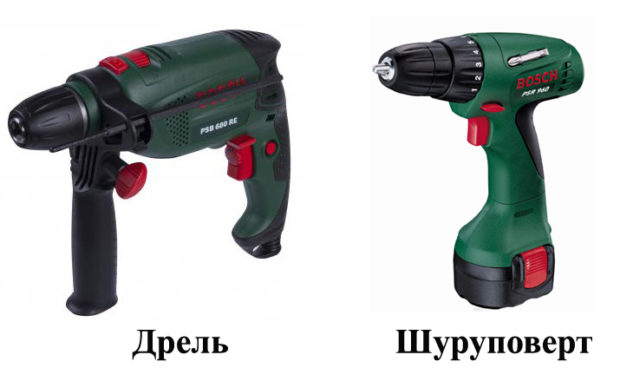
An ordinary household screwdriver has enough low maximum rotation speed, since the rotation frequency of more than 500-600 rpm is not used to tighten the fasteners. For drills, the maximum rotation speed is much higher, a percussion mechanism may be present for more efficient drilling of hard materials. However, some masters manage to screw self-tapping screws and screws with an ordinary drill, but this trick is not for beginners.
With the same power, a screwdriver will be stronger than a drill in that the tightening torque and torque are higher. In addition, the screwdriver torque can be adjusted. In general, a screwdriver and a drill are completely different tools, and for serious repair work it is better to take two separate independent devices. In everyday life, drill drivers and screwdrivers with a drill function show themselves well, but drilling with the latter often and a lot will not work - this is an option for small and rare home repair.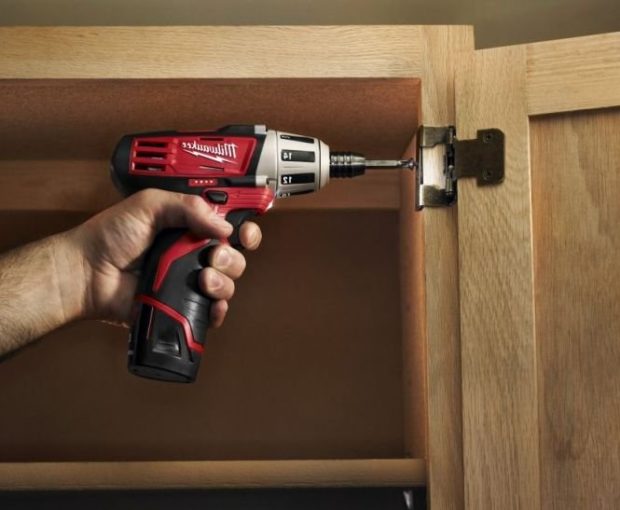
No. 2. Household and professional screwdrivers
From the common name it is well understood that household screwdrivers are designed for infrequent homework, and a professional tool is a mandatory assistant to a specialist in construction and repair work. These two types of screwdrivers differ in power, cartridge size, power features, the presence of additional functions, weight and, of course, price.
Household (amateur) screwdrivers It is worth taking when the tool you need is infrequent and will be used for a short time. Such devices are lightweight, often run on battery power, are inexpensive, and do a good job of assembling furniture or changing a lock. The rotation speed is rarely above 400-500 rpm, and the torque is usually about 10-15 N * m.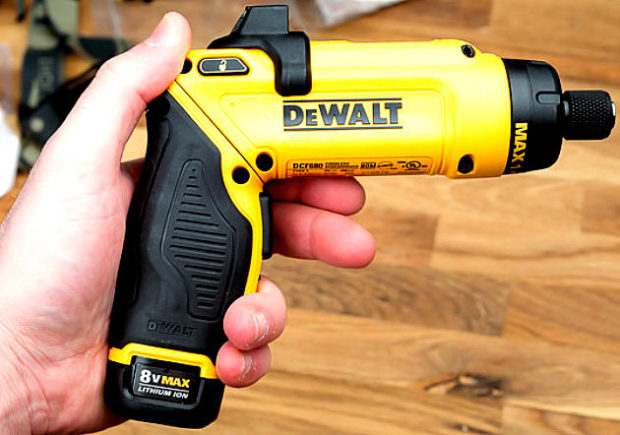
If you constantly make something or professionally repair, and the screwdriver will be used almost every day and for several hours, then you need to take a more solid tool. Professional screwdrivers more powerful, they easily withstand high loads, they can’t replace the drill, but if necessary they can even cope with drilling hard surfaces. Their rotation speed reaches 1300-1500 revolutions / minute and more, and the torque is 130 N * m.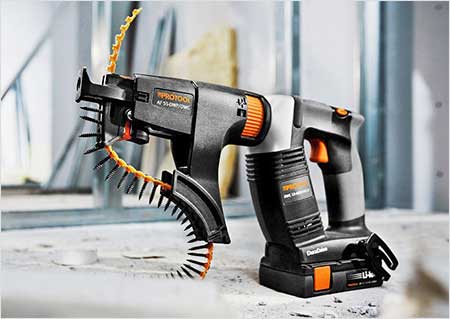
To decide which screwdriver to choose, it is necessary to soberly assess the future load on it and the type of work being carried out. Not always more functional professional models are the best option. To carry out minor repairs on the farm, it is enough to have the simplest screwdriver, especially since the prices of such a tool do not bite.
No. 3. Types of screwdrivers by type of power
Network Screwdrivers
These screwdrivers are powered by the network, and a number of pluses and minuses follow from this.
To the benefits of power screwdrivers can include:
- higher power, therefore professional prevails among the network tool. Household power screwdrivers are not supplied by all manufacturers;
- there is no need to constantly monitor the battery level and recharge it - stuck the plug in power outlet and you can proceed;
- the operating time is not limited by the duration of the battery, there is no need to come off to recharge the battery;
- less weight compared to battery models, because the design of the tool does not include a battery.
Minuses:
- network binding. When assembling furniture, wires only interfere, and when performing construction work, access to electricity. In addition, the outlet can be located far, and then you will have to use an extension cord. When working at heights, power screwdrivers are extremely uncomfortable.

Cordless Screwdrivers
This type of tool has become more widespread. Such devices are powered by batteries, the capacity and charging time of which can vary significantly.
Benefits:
- independence from the availability of electricity and the location of the outlet, which gives freedom of action.Work can be performed at heights, in hard-to-reach places, and practically in the field, and the wires will not be tangled under your feet;
- the scope is wider, which follows from the autonomy and mobility of the tool.
Minuses:
- dependence on the battery level, the need to constantly monitor this parameter and periodically charge the batteries. Experts recommend taking a spare battery with the cordless screwdriver: while one is charging, the second is working. It is preferable to choose batteries that charge quickly;
- In terms of power, the cordless tool loses to the network one. Torque may not be enough to work with solid materials, but there are exceptions - professional cordless screwdrivers are quite powerful and reliable.

Professionals know that choosing a cordless screwdriver is even more difficult than a network one, because you need to take into account not only the functions of the device itself, but also the features of the battery.
The first thing you should pay attention to is battery type:
- lithium ion batteries Li-Ion. This is the most popular and modern type of battery, used everywhere, not only in screwdrivers. Of the benefits low weight, sufficient power, lack of memory effect, long resource charge / discharge cycles (about 3000 and more), high speed charging. Of the minuses, the relatively high cost, so this is a good option for permanent, but not one-time work. This battery is not designed to work in cold weather. In order for the battery to last as long as possible, it is better not to discharge it by less than 15% and not charge it by more than 90%. Service life about 3 years;
- nickel cadmium, Ni-Cd. Have a high low temperature resistant and power surges. On the other hand, they have a pronounced memory effect, so it is better to discharge such a battery fully and fully charge, so as not to reduce its capacity. The battery can withstand about 1000-1500 charge / discharge cycles, but takes a long time to charge - about 7 hours, so it is better to have a spare battery. The battery has significant weight, but it costs the least. Service life about 5 years;
- nickel metal hydride, Ni-MH. Such batteries are becoming more and more popular, they are light weight, low resistance to low temperatures, the memory effect is not pronounced. The big plus is the minimum self-discharge, and the minus is the price;
- lithium polymer batteries, Li-Polare used extremely rarely in screwdrivers. These are capacious, but not very durable batteries.

In addition, it is worth paying attention to battery capacity in Ah: the higher it is, the longer the screwdriver will be able to work without recharging. Another important parameter is voltage in Volts. The maximum power that can be obtained from a cordless screwdriver directly depends on this indicator.
Voltage usually varies 9 to 36 V. For simple work, you can take a 9 V model: these are compact tools for rare use. 12V screwdriver - A great option for household tools, suitable for many home repairs. Screwdriver 14 V Is the golden mean 18 V or more screwdrivers - This is already a tool for professionals.
Combined screwdrivers
If you are professionally engaged in the implementation of repair and construction works, then in the arsenal you can have both types of screwdrivers. However, there is an alternative option - combined models with the possibility of power from the mains and battery, however, their choice is not very large.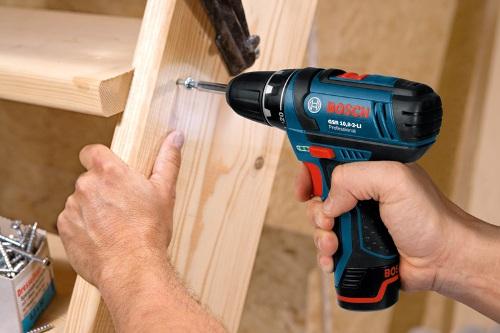
Number 4. Torque
Torque is one of main characteristics of screwdrivers. It shows the user what loads the tool is ready for and what its functionality is. To simplify, the torque is the force that the device applies to the screw fasteners, or the force of its resistance to the load. This indicator is measured in N * m.
- soft torque determines with what force the tool can tighten screws, self-tapping screws, etc., the speed of rotation in this case is minimal;
- hard torque shows the maximum force in the drilling mode, but not all screwdrivers have such a function.

For use at home a tool with a torque of 10-15 N * m is suitable. If the task is to occasionally make a screwdriver holes in not very dense materials, then it is better to take a tool with 30-40 N * m. IN professional screwdrivers torque can reach 130 N * m and sometimes even more.
The higher the torque, the longer and larger diameter fastener can screw the tool. For example, a device of 25-30 N * m will simply cope with screwing a 70 mm long screw into a tree, and for working with 100 mm screws you will have to take a screwdriver from 40 N * m. Sometimes, when working with long screws, a hole is preliminarily made.
Screwdriver torque can be adjusted, and in this he differs from many other tools. The design of the device includes a special limiter located after the chuck, with its help you can set the level of effort during twisting. When the fastener is screwed in, the cartridge will stop even if the engine is still running. Thanks to this feature, the likelihood of drowning a screw too deeply or damaging a bit is reduced.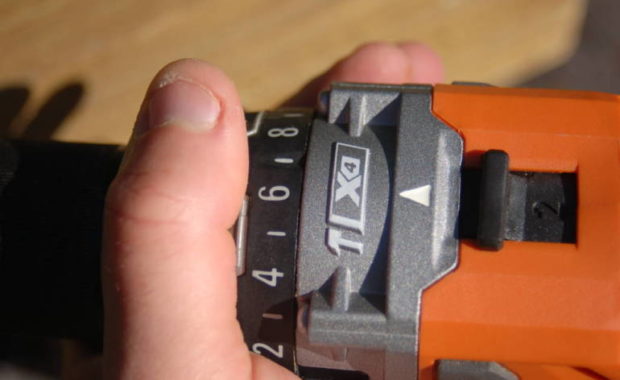
No. 5. Rotational speed
If you are going to use a screwdriver for its intended purpose, then the number of revolutions is not such an interesting indicator. Any household tool can easily produce 400-500 rpm, which will be enough to tighten the screws.
If you need to choose drill driver, it’s better to look towards the tool, where the maximum speed reaches 1200-1300 revolutions / minute (usually this is the second speed). This will be enough to work with wood. Drilling metal requires an even higher speed (about 3000 rpm, the third speed on some models), but in this case it is better to use a full drill.
No. 6. Type of screwdriver chuck
In screwdrivers, these two types of cartridges are mainly used:
- quick-release;
- Hex.
To decide which screwdriver to choose, you must remember the previously defined goals for using the tool.
Keyless screwdrivers more versatile and allow you to install both bits and drills, and even a mixer nozzle and a grinding brush. Changing the nozzles is quite simple and quick, fixing occurs due to the rotation of the clamping ring. Mechanism may be double couplingwhen you have to twist simultaneously two rings, and single. The latter allows you to change equipment more quickly.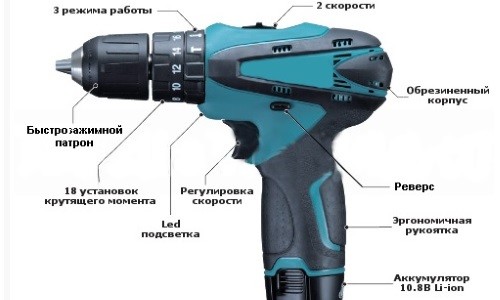
Hex Chuck It is intended only for working with bits, but you can contrive and use drills with a hexagonal shank. An alternative is to use a removable keyless chuck, which is equipped with some models. The hexagonal cartridge allows you to quickly change the bits, they are held by a magnet or a special lock, to change the nozzle you need to make a little effort.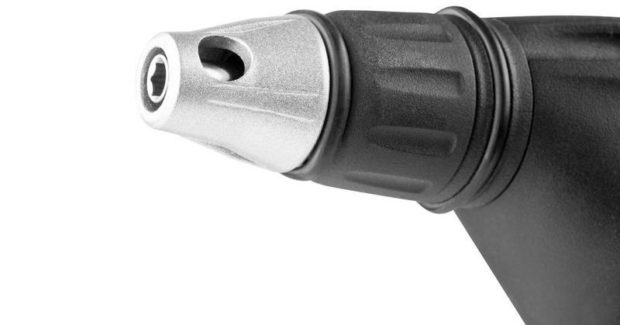
Also, when choosing, pay attention to cartridge inner diameter, on which depends on what size a bit or drill can be inserted into a screwdriver. Household models, as a rule, allow you to work with nozzles with a diameter of not more than 10 mm, but there are exceptions.
The gears in the gearbox can be plastic and metal. The metal version is naturally better.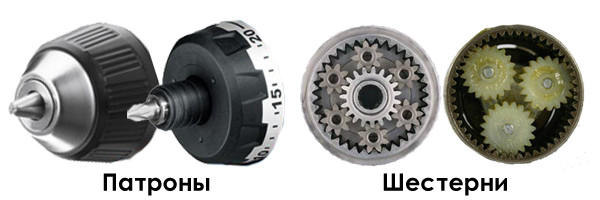
Number 7. Screwdriver Options and Bit Types
When choosing a screwdriver, it is necessary to take into account its complete set. The cheapest ones will cost options with a minimum configuration, i.e. only a screwdriver and all - all the necessary nozzles are selected independently.An extensively equipped tool costs more, but it is still more profitable than buying all the nozzles separately. The only question is whether you need all the elements that come with the kit, and is there any point in paying for them.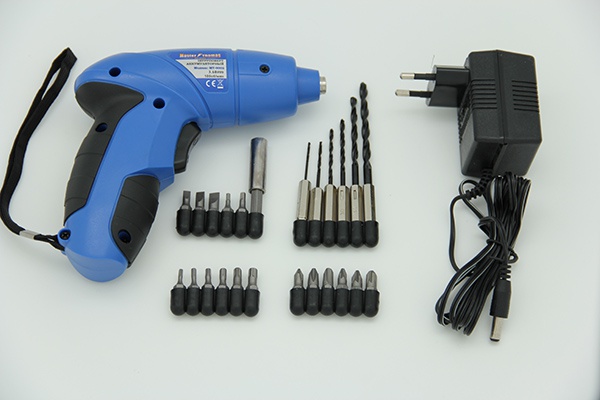
As a rule, in a set with a screwdriver are such bits:
- cross-shaped bits with a PH marking from No. 0 to No. 4 for self-tapping screws;
- PZ bits for self-tapping screws with Pozidriv slot, also differ in size;
- asterisks are marked with the letter T, vary in size from T8 to T40, are used in the repair of equipment and cars;
- bits for nuts and bolts from 6 to 13 mm;
- flat bit for screws and screws;
- drywall bits, trihedral, with limiter and others.
Titanium-coated bits will cost more, but they are also more durable.
Not bad if included replaceable battery (for a cordless screwdriver) and a case that will simplify the storage and carrying of the tool.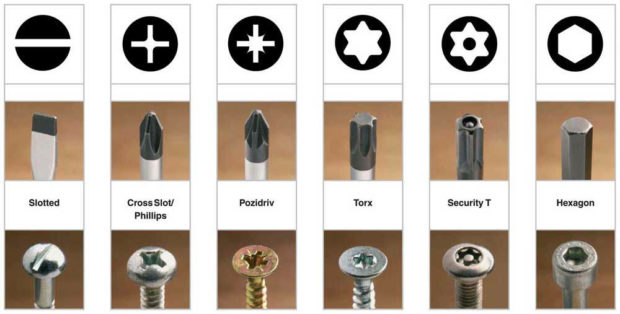
Number 8. Ergonomics
All those who are considering the question of how to choose a screwdriver absolutely definitely want to get the most convenient tool for their money. This is logical to the commonplace. That is why it is better to buy a screwdriver after you personally hold it in your hands and make sure that the tool is easy to use, all buttons are located where you need it and are easily pressed.
The handle may be a pistol type or slightly forward. The last option is the most balanced in the center of gravity, and the hand, even with prolonged use, will not get very tired. Great if the grip is rubberized, - the probability that the device falls out of hands is sharply reduced.
Separately, it is worth noting angle screwdrivers with a smooth body and a cartridge located at right angles. This is a tool for professionals in carpentry, and at home and at a construction site such a device is unlikely to be needed.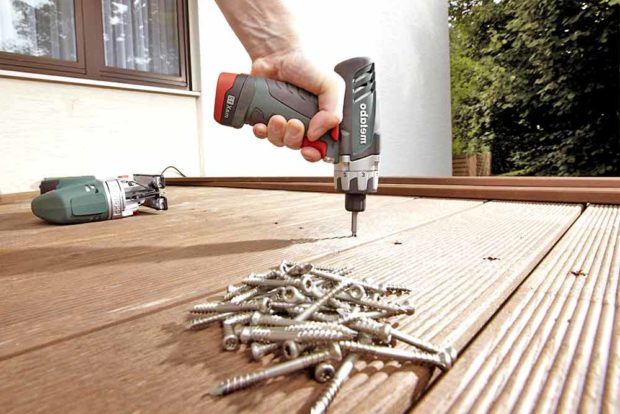
No. 9. Additional features
The presence of specific additional functions makes the device more expensive, but also more universal. In order not to overpay for unnecessary functionality, it is necessary to soberly assess the scope of use of the tool.
Additional functions of a screwdriver include:
- shock mechanism practically turns a screwdriver into a hammer drill and allows the tool to cope with the creation of holes in concrete and stone. However, for constant drilling of such hard materials it is better to purchase a drill or even hammer drill, and in a screwdriver - this is just a nice addition for rare use;
- pulse mode will increase torque and cope with tightening screws into harder materials. At the same time, the impulse makes it easier to unscrew the fasteners and facilitates work in the absence of a normal support;
- reverse is in the vast majority of models, it allows not only to twist, but also to twist the screws and screws;
- backlight simplifies work in hard-to-reach places, but is not required;

- speed shifter there is on those tools where the speed of revolutions allows not only to screw fasteners, but also to drill holes. The most advanced tools have 3 speeds;
- automatic feed of screws allows you to simplify and speed up large-scale work, but this feature is found only in professional screwdrivers.

No. 10. Top screwdriver manufacturers
We all know well that the actual characteristics of the goods may not coincide with the declared ones. Often, little-known manufacturers sin for this, longing for quick benefits, which is why, choosing a screwdriver for more than one year, it is better to give preference trusted companies With name:
- Bosch - a well-known German company that produces and power tool, and household appliances, and automotive equipment. Screwdrivers are presented in a wide assortment: there are cordless and network models, different in power and a set of functions;
- Makita - A large Japanese company that produces both simple household screwdrivers and professional models with a shock function and the ability to produce 3200 rpm;
- Black & decker - American tools that combine high reliability and reasonable cost. There are network and battery models, screwdrivers are also produced that can work with stone;
- Dewalt - A German company that produces screwdrivers of various types, only high quality remains unchanged. There are models for home and professional use;
- Metabo - Another German company that has been operating in the power tool market for a long time produces cordless and power screwdrivers;
 Hyundai - The South Korean giant is also engaged in the production of a screwdriver. All its models are equipped with a backlight and a charge level indicator, have a rubberized handle;
Hyundai - The South Korean giant is also engaged in the production of a screwdriver. All its models are equipped with a backlight and a charge level indicator, have a rubberized handle;- Hitachi - Japanese screwdrivers with the expected high level of quality;
- Sparky - inexpensive Bulgarian screwdrivers with good ergonomics. There are corner models
- Interskol - A domestic manufacturer, one of the ten largest companies for the manufacture of power tools. Product quality is quite high, the price is much lower than for foreign counterparts.
Also, do not forget to check with the seller for warranty conditions.

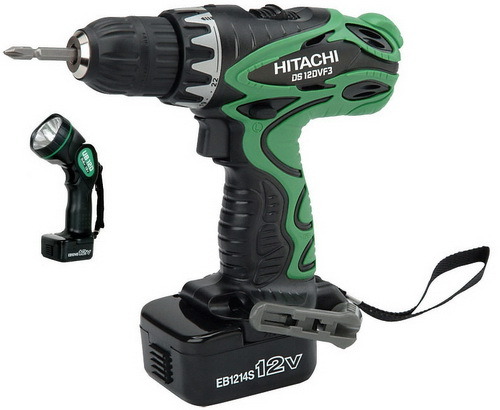
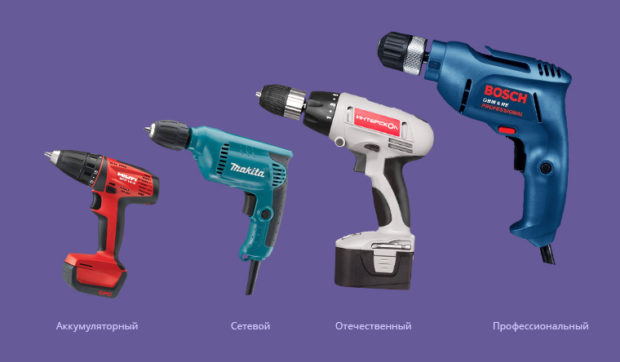
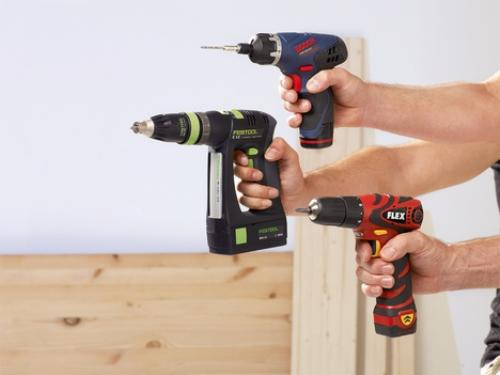
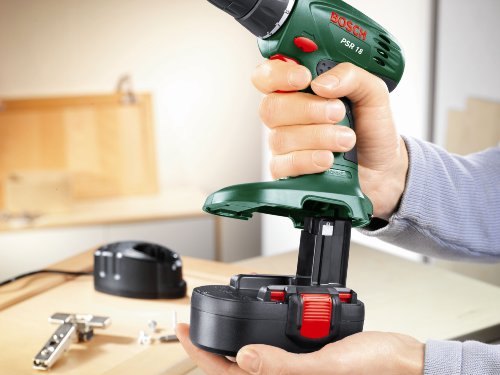
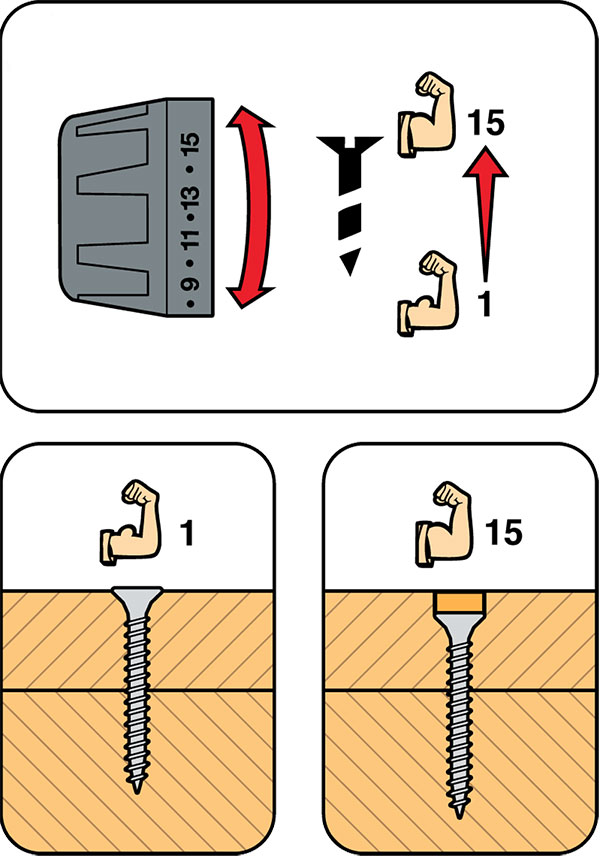
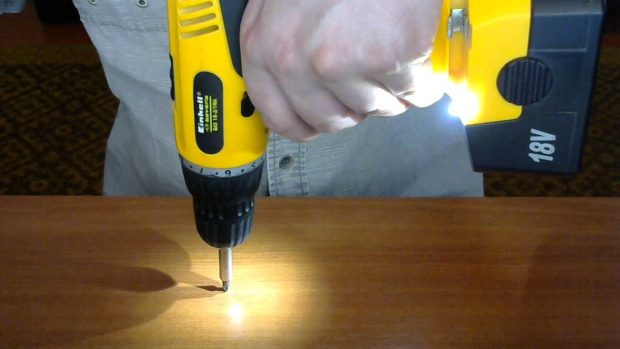

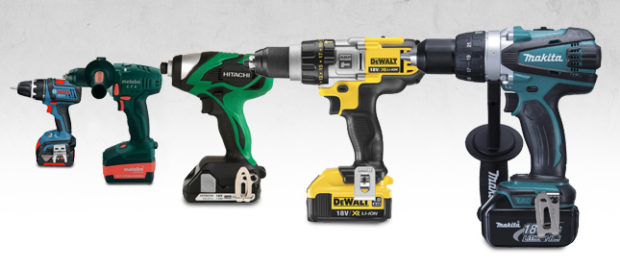 Hyundai - The South Korean giant is also engaged in the production of a screwdriver. All its models are equipped with a backlight and a charge level indicator, have a rubberized handle;
Hyundai - The South Korean giant is also engaged in the production of a screwdriver. All its models are equipped with a backlight and a charge level indicator, have a rubberized handle;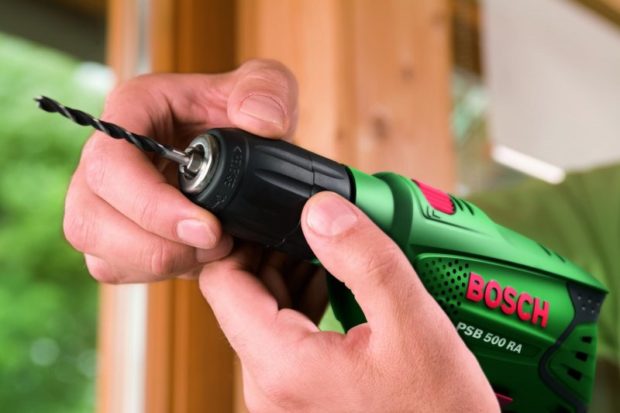
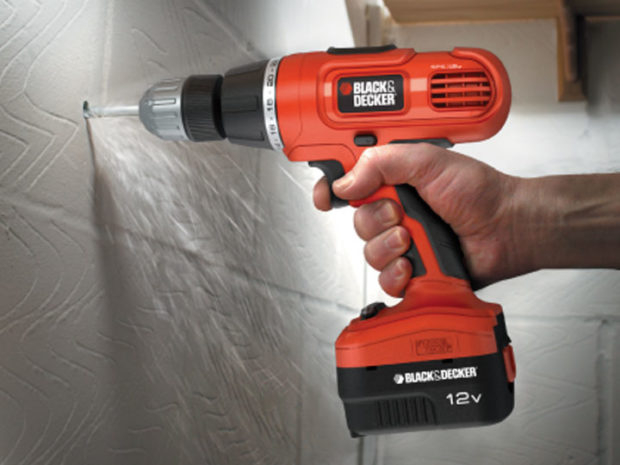
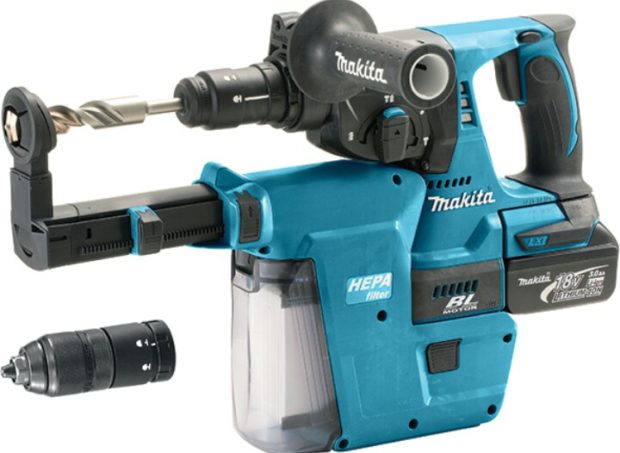
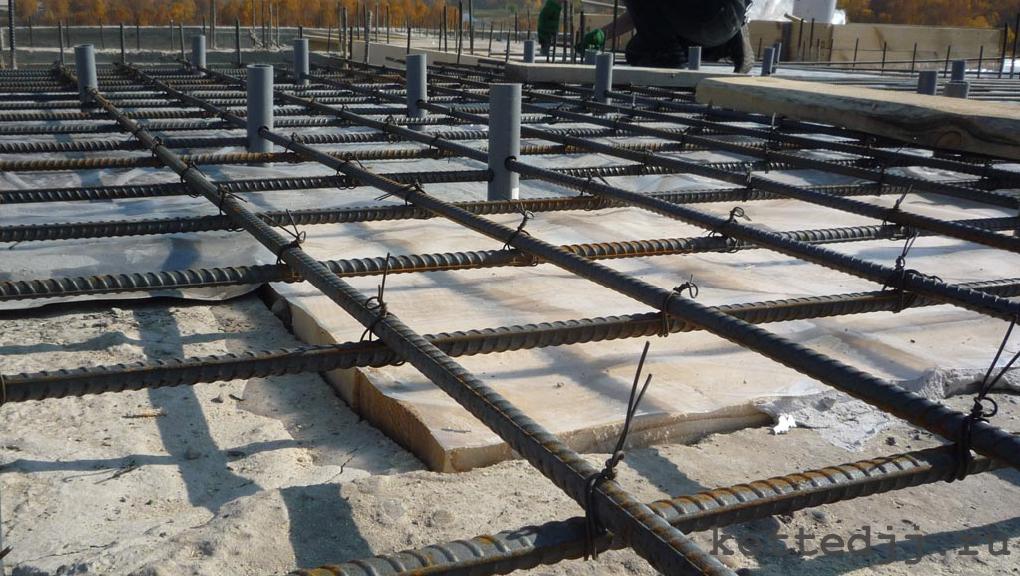
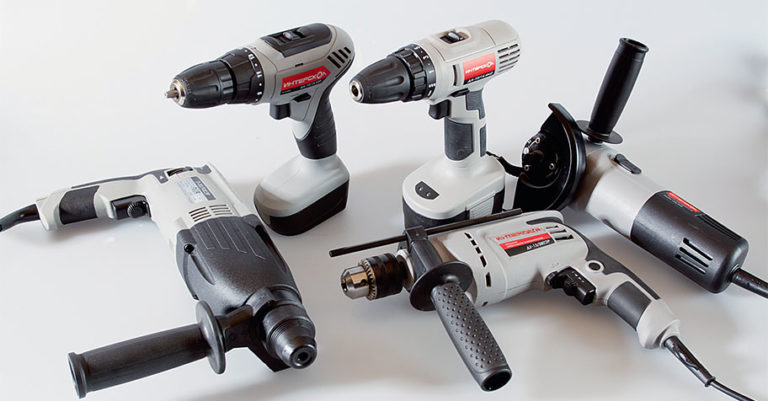
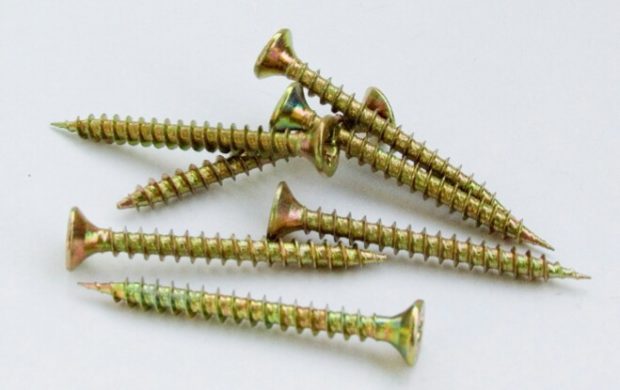
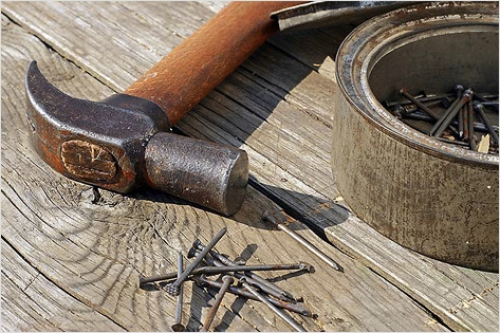
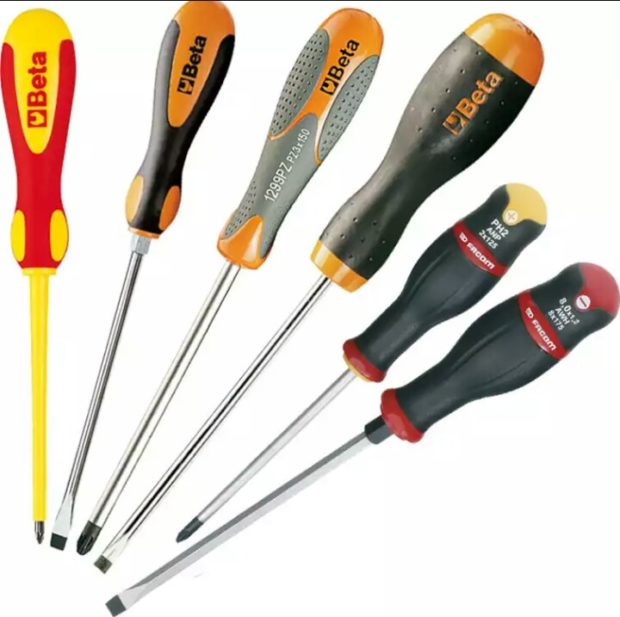

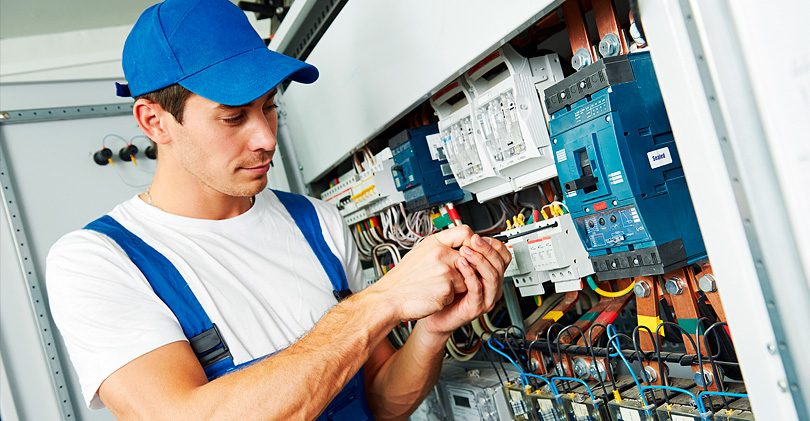
Article class. Even I read with interest, even though I know everything from screwdrivers to screwdrivers. I always used network ones, they are both more powerful and more convenient. But this is my personal opinion. My last purchase is the Makita TD0101. What can I say. The tool is gorgeous! Lightweight, super ergonomic. I immediately noted this. The torque is impressive. Spins everything that spins, even considering only 1 speed)